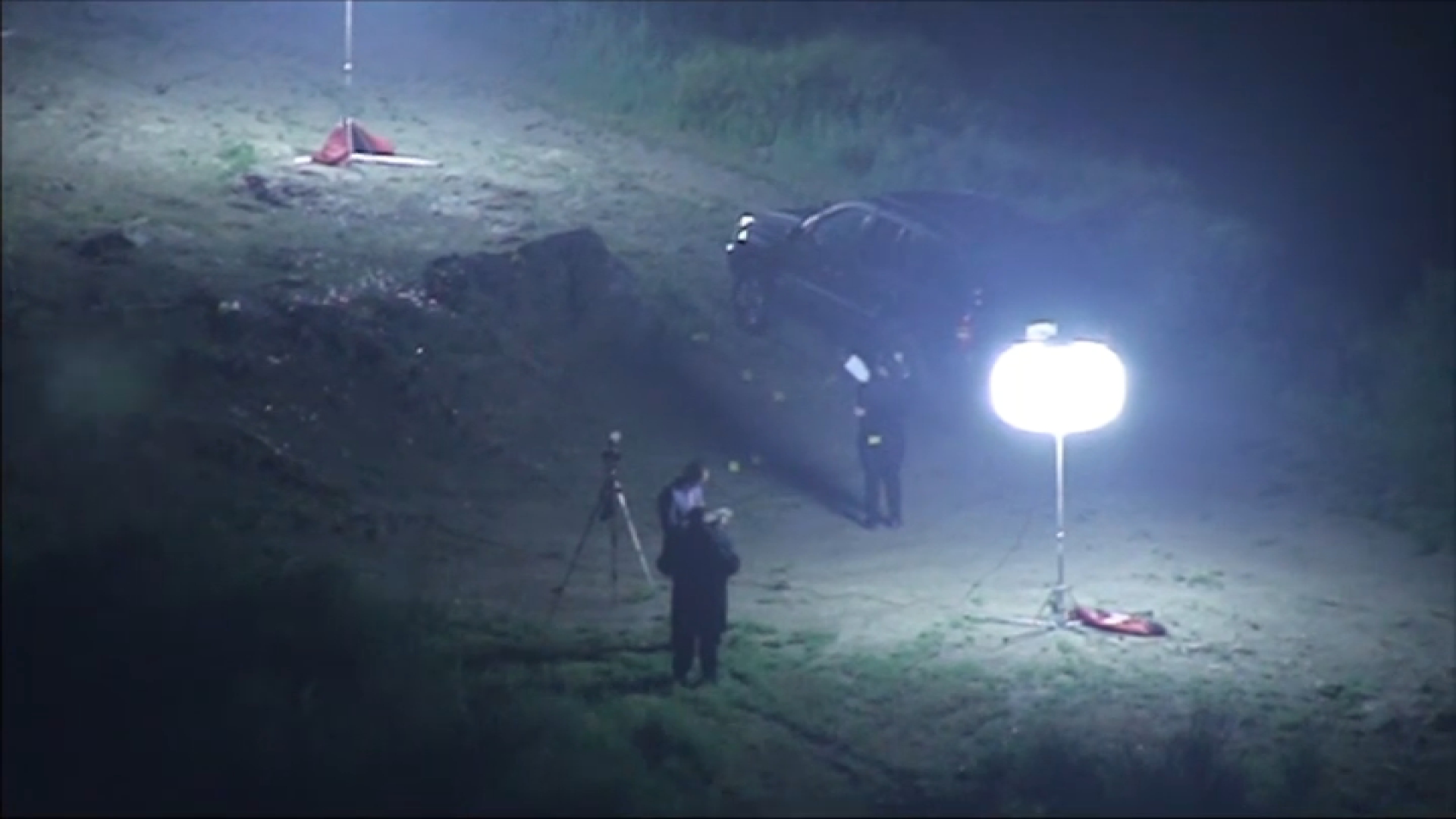This story was first posted April 16, 2013. We are re-posting in light of the 6.0 Napa earthquake.
For the first time, scientists and emergency planners are examining whether a super quake could affect both Northern and Southern California, rendering the entire state helpless in the aftermath of the "Big One."
Seismologists have warned Southern California that a major quake on the lower San Andreas Fault, the so-called Big One is inevitable. But that the population centers of both Southern and Northern California could be affected simultaneously by one quake on the San Andreas Fault has only recently been recognized as a possibility.
The study by Professor Nadia Lapusta at the California Institute of Technology (Caltech) and Japanese collaborator Hiroyuki Noda focused on explaining the behavior of two devastating quakes in Asia: the 1999 magnitude 7.6 temblor in Taiwan, and the 2011 magnitude 9.0 quake off the eastern coast of Japan.
Special Section: Earthquake Info, Maps and Resources
In both cases, the quake spread across so-called "creeping" fault segments long thought to be incapable of transmitting quakes, according to Caltech Staff Seismologist Kate Hutton, a Lapusta colleague.
"The general idea until this paper was that they would stop a quake," Hutton said.
Local
Get Los Angeles's latest local news on crime, entertainment, weather, schools, COVID, cost of living and more. Here's your go-to source for today's LA news.
It was believed the slow, creeping movement prevents stress from building up and keeps such a segment stable, Hutton added.
Lapusta and Noda developed a computer model to explain how under certain conditions "a rupture could just kind of barge right through," Hutton said. "Now the question is how this would apply to California."
Such a creeping zone has been identified in a stretch of the San Andreas Fault in central California, just north of seismically active Parkfield.
The Great San Francisco quake of 1906 occurred on the San Andreas north of the creeping zone. The 1857 Fort Tejon quake occurred to the south. No known quake has ever spanned across that creeping zone.
Whether the model developed by Lapusta and Noda could apply there would depend on local geological variables not yet completely understood, Hutton said.
Responsible for statewide emergency planning and disaster preparedness, California's Emergency Management Agency (Cal EMA) is reviewing the new study, according to spokesman Greg Renick. The agency already has in place a plan for responding to a catastrophic quake in Southern California, and another plan for the San Francisco Bay Area.
Cal EMA anticipates that a catastrophic quake affecting a major population center, much less two, will require response assistance from outside California, and has established procedures in place. Beyond that, Cal-EMA now intends to review the newly published research to see if it exposes any gaps in the current response plans that could be corrected before they’re needed, Renick said.
Every fall, Cal EMA's Golden Guardian program creates a disaster scenario for a multi-agency response drill. The scenario this year involves a catastrophic quake in the San Francisco Bay Area. A magnitude 7.8 temblor on the southern section of the San Andreas was drilled in 2008.



